Elevate Your Electric Vehicle Experience with EV Charging Stations
Efficiency, Convenience, and Savings Await You
LONG ISLAND ELECTRICAL CONTRACTORS
Why Popkin Electric Stands Out in EV Charging Station Installation
When it comes to embracing electric mobility and reducing your carbon footprint, having a reliable and efficient EV charging station at your home or business is essential.
Popkin Electric is your go-to partner for all your EV charging needs. With years of experience and a commitment to sustainable energy solutions, we are dedicated to making your transition to electric vehicles seamless and convenient.
Our team of skilled electricians understands the nuances of EV charging installations, ensuring that you get a safe and efficient charging solution tailored to your requirements.
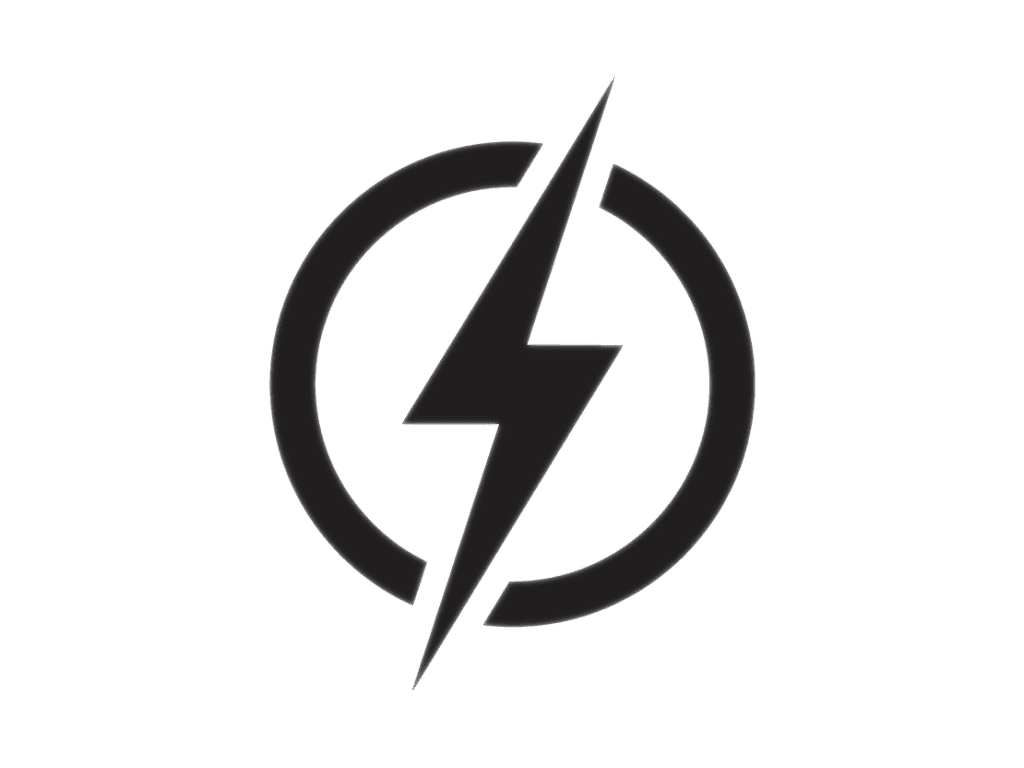
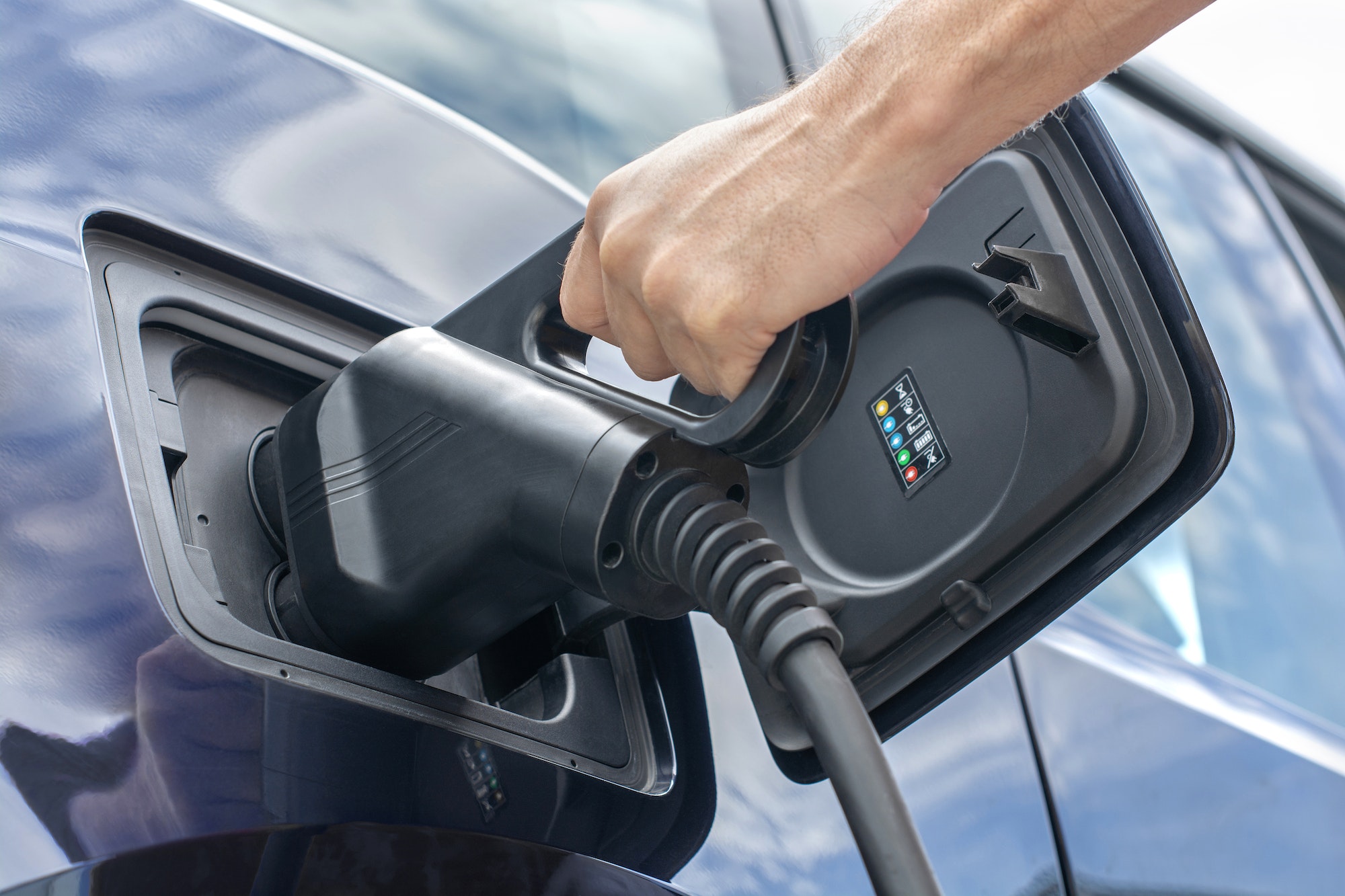
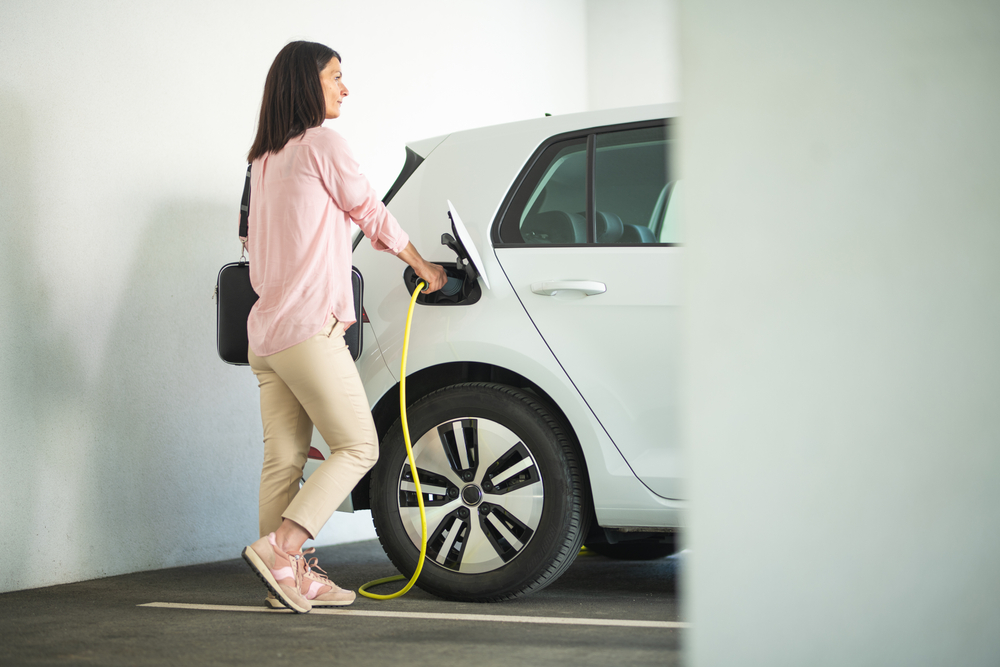
The Freedom to Charge on Your Terms
Investing in an EV charging station offers numerous advantages for both residential and commercial clients. These benefits include:
- Convenience: Charge your electric vehicle at your own convenience, eliminating the need for frequent trips to public charging stations.
- Cost Savings: Enjoy lower fuel costs and take advantage of potential incentives for EV charging station installations.
- Environmental Impact: Reduce your carbon footprint and contribute to a cleaner, more sustainable future.
- Increased Property Value: Boost your property’s value by offering an EV charging amenity to residents or customers.
Residential EV Charging Station Installation
At Popkin Electric, we understand that residential clients have unique needs when it comes to EV charging. Our team will work closely with you to assess your home’s electrical system and recommend the best EV charging station solution. We offer a variety of charging stations, including Level 2 chargers, to suit your specific requirements.
Whether you have a single electric vehicle or a fleet of them, we can design and install a charging solution that meets your needs while ensuring safety and compliance with local regulations.
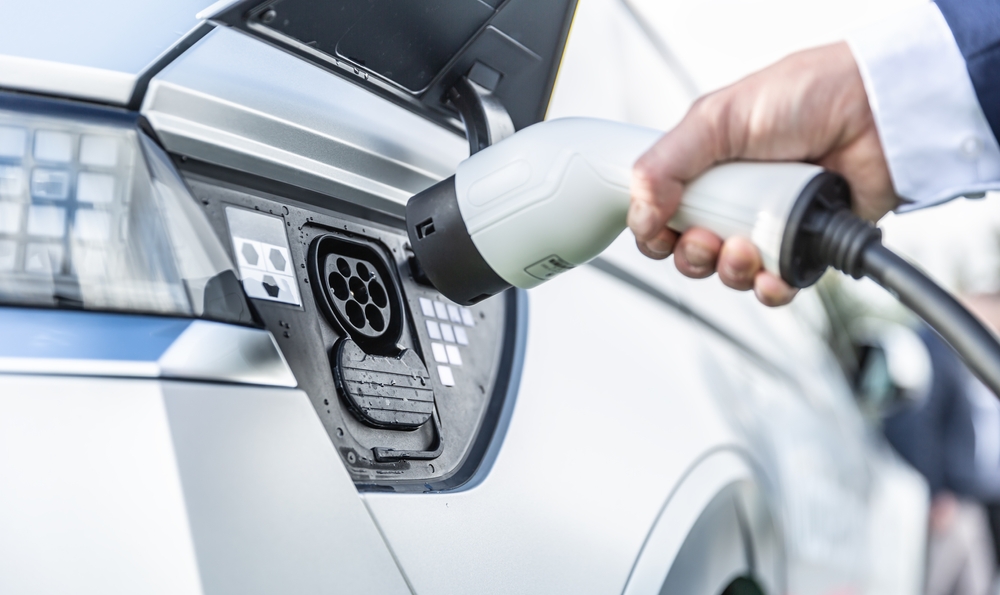
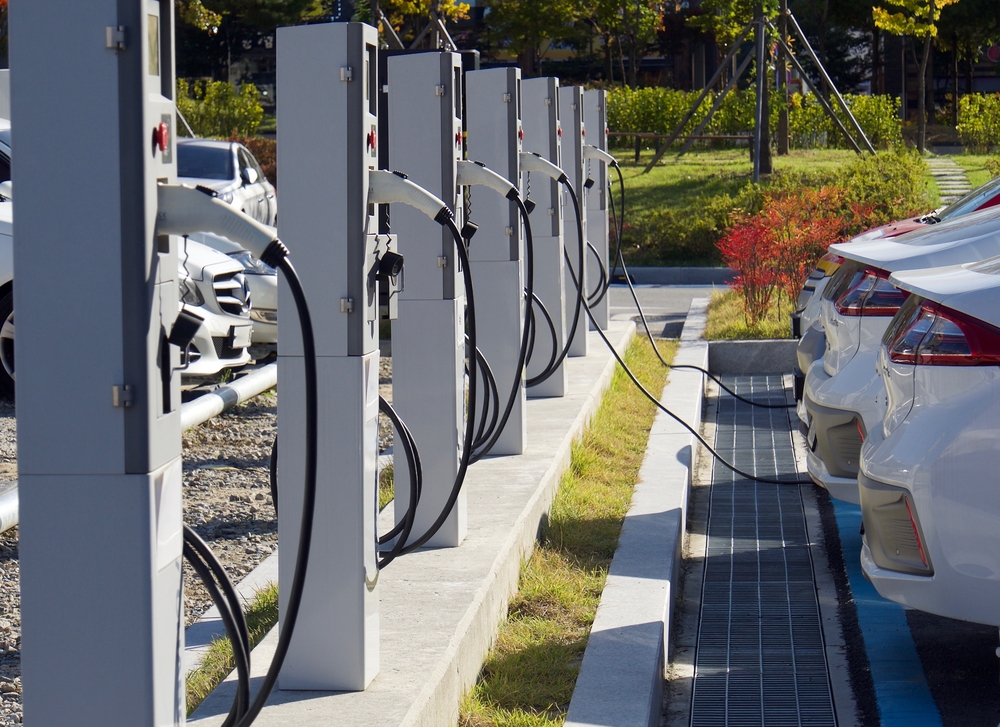
Commercial EV Charging Station Installation
Businesses increasingly recognize the value of offering EV charging stations to their employees, customers, and tenants. Popkin Electric specializes in commercial EV charging station installations for a variety of industries, including:
- Office Buildings
- Retail Centers
- Multi-Family Housing
- Hotels and Resorts
- Parking Facilities
Our team will work with you to design and install a scalable and cost-effective EV charging infrastructure that attracts environmentally conscious customers and enhances your corporate social responsibility.
Our Guarantees
Why Choose Popkin Electric?
Quality Products
We partner with trusted manufacturers to offer you the highest-quality charging stations.
Certified Technicians
Our team of certified technicians ensures safe and compliant installations.
Customer Satisfaction
Our commitment to customer satisfaction is unwavering, and we strive to exceed your expectations.
Trust Popkin Electric for all your EV charging station installation needs. Embrace a greener future today!
Excellence Meets Innovation in Every Installation
Popkin Electric is committed to delivering high-quality EV charging solutions. Our team of expert technicians is certified and experienced in EV charging station installations. We partner with reputable manufacturers to provide you with top-of-the-line charging stations that are reliable, efficient, and built to last.
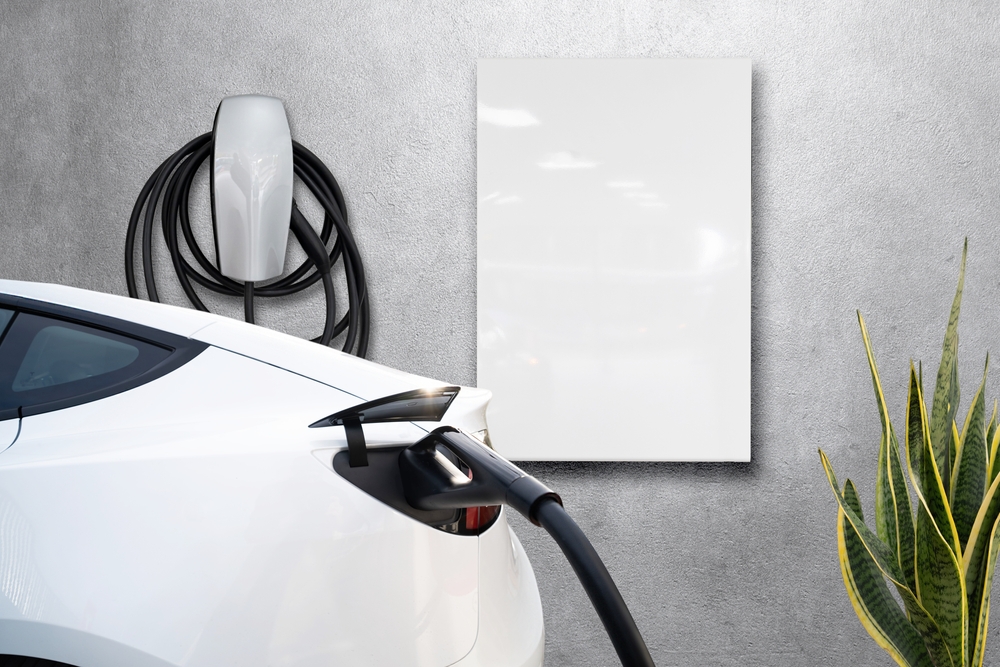
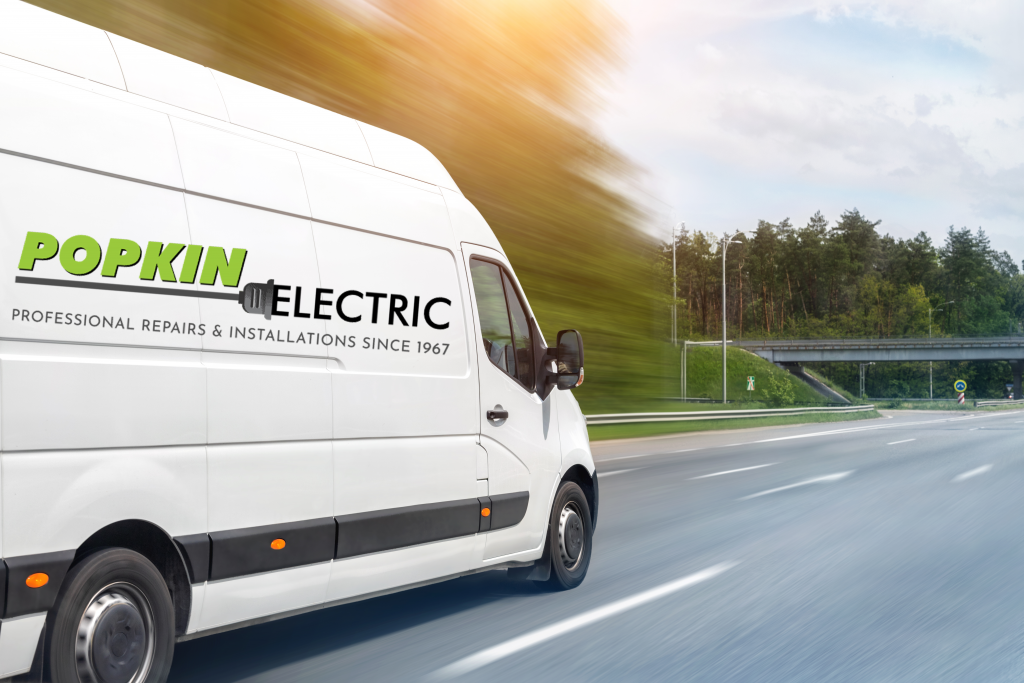
Your Journey Begins with Popkin Electric
Ready to take the next step toward a more sustainable future with an EV charging station? Popkin Electric is here to help. Our experienced team is dedicated to providing you with the best EV charging solutions tailored to your needs.
Contact us today to schedule a consultation and get started on your journey to a more convenient and eco-friendly way of charging your electric vehicle.
Get in touch
Need To Find A Reliable Electrician To Fix Your Home Or Office?
When you choose Popkin Electric as your Long Island electrical contractor, you can rest assured that you are in good hands. Contact us today to schedule your next electrical project or repair.





